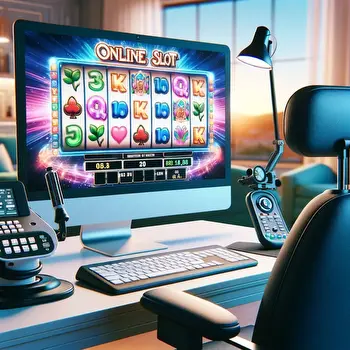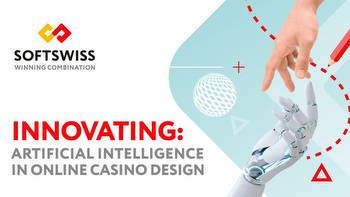The Future of Gaming: How UX Design Is Transforming Online Gaming

With the rise of technology, UX design has become an integral part of the online gaming industry, as it helps to create a more immersive and enjoyable experience for players. UX design focuses on creating user-friendly interfaces, meets customer expectations, eliminates player frustration, provides a unique identity for games, and also takes into account the overall look and feel of the website or app, as well as how users interact with it. By using UX design, online gambling sites can provide a better customer experience and reduce customer frustration.
Meeting Customer Expectations
An effective UX design, especially for sportsbooks and new online casinos, typically focuses on creating an intuitive, user-friendly experience that meets customer expectations. Thus, the website or app is usually easy to navigate, with clear menus and labels and a logical flow from one page to the next. It is also visually appealing, with attractive graphics and colors that draw users in.
Moreover, a good UX design gives gamers all the information they need to make informed decisions about their bets or gaming activities. This includes providing detailed descriptions of games and betting options and helpful tutorials or guides for new players. Finally, most UX designs are optimized for mobile devices so customers can access the sportsbook or casino from any device.
Eliminating Player Frustration
UX design is a powerful tool for eliminating player frustration in video games. By understanding the user’s needs and preferences, game developers usually create an experience that is both enjoyable and intuitive. One way they do this is by creating a user-friendly interface and incorporating feedback loops into their designs so that players can quickly identify any issues they may have with the game. This could include providing helpful hints or tutorials when needed or allowing players to submit bug reports directly from within the game itself. Finally, developers also strive to create a consistent experience across all platforms so that players don’t have to relearn how to play the game each time they switch devices.
Optimizing Game Interfaces
Regarding game interfaces, UI/UX design is crucial in creating an enjoyable user experience. To optimize the interface, designers typically ensure the navigation is as intuitive and straightforward as possible. This means that all elements are clearly labeled and organized in a logical manner.
Designers also strive to create a visually appealing interface that is easy on the eyes and doesn’t overwhelm the user with too much information at once. Animations are also used in many games, making the interface more engaging and interactive. Furthermore, designers pay attention to how users interact with the game by tracking their behavior and using this data to improve the overall design of the interface.
Developing a Unique Identity for Games
To create a unique identity for games with excellent UI/UX, developers use the latest technologies. This includes using artificial intelligence (AI) to create more immersive and interactive gaming experiences. AI generates dynamic content that responds to user input, allowing for a more personalized gaming experience. Virtual reality (VR) technology is another powerful technology that helps create an immersive environment that players can explore and interact with. VR also allows developers to create realistic visuals and soundscapes that make the game feel more alive and engaging.
Finally, developers are now using augmented reality (AR) technology to add layers of information and context to the game world. AR can be used to provide players with additional information about their surroundings or even allow them to interact with objects in the game world in new ways. By leveraging these technologies, developers create games with unique identities and excellent UI/UX experiences that will keep players returning for more.


































